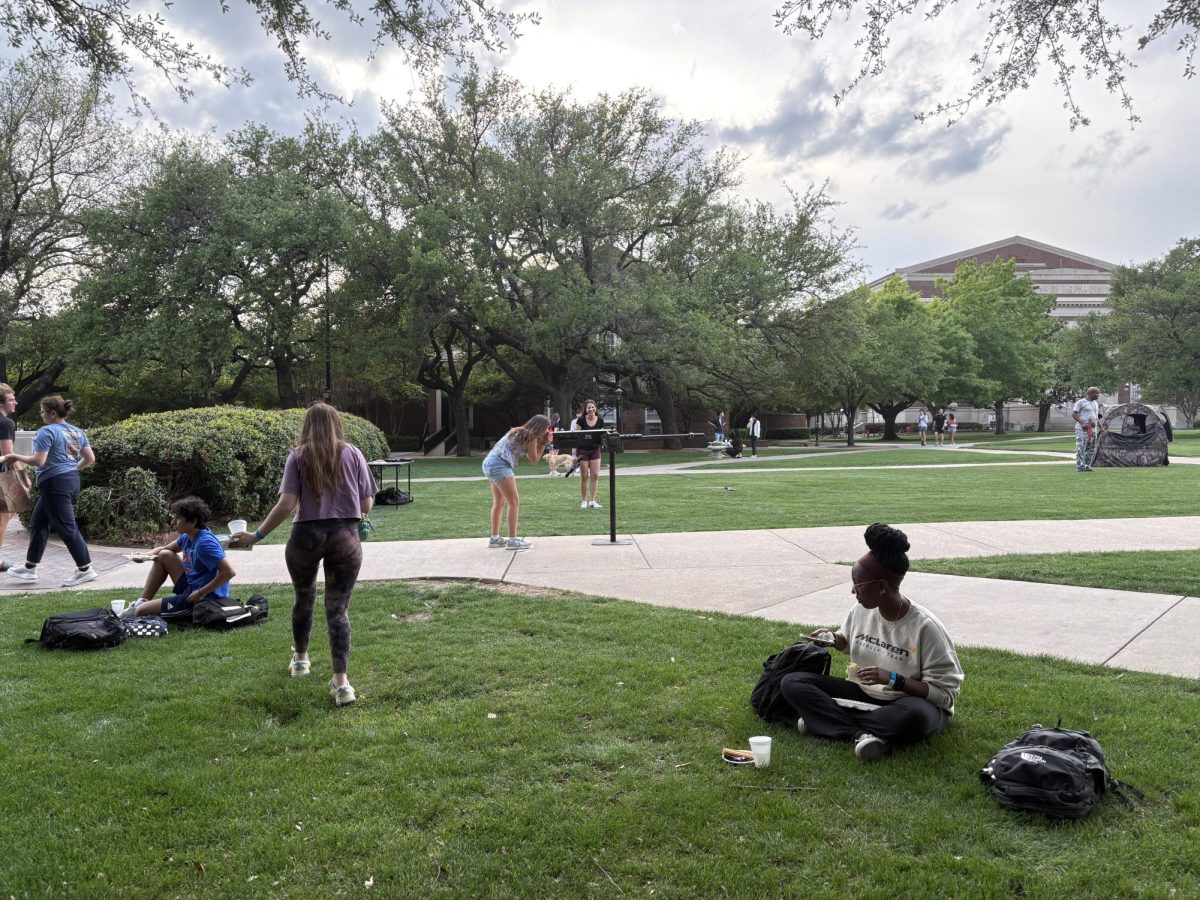This paper published an article last Wednesday addressing the large athletic department budget deficit and said department’s refusal to release this information.
The following day, this paper published a letter written by three faculty members concerning the deficit story. The letter attempted to clarify some points of the article.
We wish to address their clarifications here and explain how we arrived at the numbers we reported.
To the issue of characterizing budgeted expenses as “losses,” the 2009-10 university budget provides information about the revenue the department took in and how much it spent. In 2008, the department’s revenue less expenses was approximately -$18 million.
This means that the department spent $18 million more than it earned. In 2007, the department spent $17 million more than it earned.
This document is available on both the Faculty Senate and The Daily Campus Web site.
To the issue of including scholarships as part of the deficit: They make up a large part of the deficit and the inclusion of scholarships is the standard way of looking at any athletic department’s expenses. As reporter Steven R. Thompson wrote:
The NCAA includes scholarships, or grants-in-aid, as an athletic department expense. So does the Knight Commission on Intercollegiate Athletics, a national watchdog group seeking to reform college athletics. Experts who have spent years studying the business of college athletics—including Dan Fulks, a Transylvania University accounting professor and research consultant for the NCAA, and Jay Weiner, a sports journalist and author of a recent Knight Commission report—said scholarships should be included when calculating the bottom line for athletic programs.
“Grants-in-aid are an expense, indeed,” Weiner said. “Across the Football Bowl Subdivision they account for 16 percent of athletic departments’ costs.”
The NCAA included scholarships when considering losses in its 2009 report on Football Bowl Subdivision schools. Thompson’s article even quotes SMU President and co-chair of the Knight Commission R. Gerald Turner as saying that it is fair to count scholarships as an expense.
One can argue whether to characterize scholarships as a loss or investment, and we acknowledge that they provide wonderful opportunities for students who might otherwise be unable to attend SMU. We are certainly not advocating that those scholarships be taken away from deserving students. But scholarships are an expense, nonetheless, which adds to the athletic department’s deficit.
SMU athletics provide a vital service to the university by attracting and energizing a quality student population. This aspect is not to be brushed aside, because it is true that a school’s athletic program brings students and revenue to the university.
As Athletic Director Steve Orsini is quoted in Thompson’s article, “Athletics is like a front porch to a home. You don’t have to have a front porch to have a nice home, but if you’re going to have a front porch, have it look attractive so people will want to check out your home. In this case, having an athletic program that’s attractive to potential students that may want to come to SMU,” Orsini said. “Universities are willing to invest in that aspect to get a return, which is more people wanting to come to your school.”
But a deficit is a deficit no matter how you view it.








